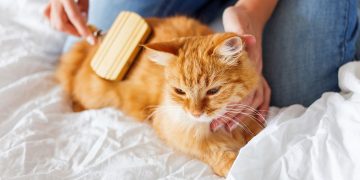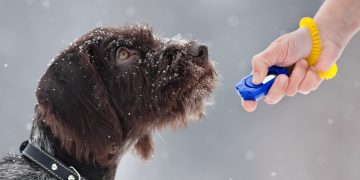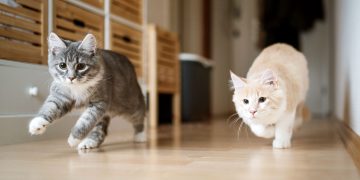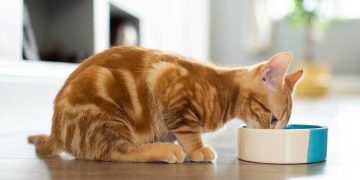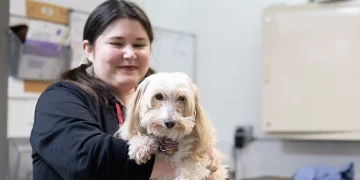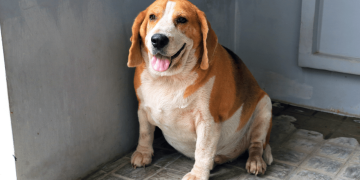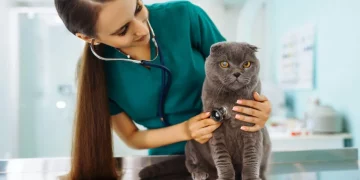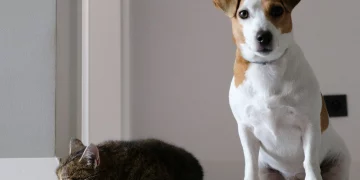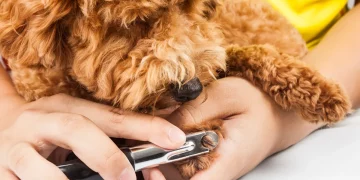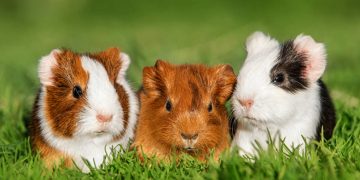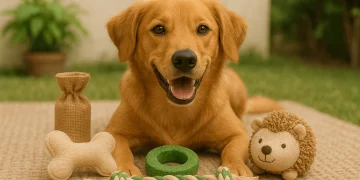Some cats have a habit of eating or chewing paper. Cats are known to sometimes behave strangely for a variety of reasons, leaving their owners wondering why. While cat eating paper is generally harmless, there are some potential dangers. Why do cats eat paper? Why do cats eat paper? Cats are curious creatures who use their noses and mouths to explore the world by sniffing, tasting and even chewing on interesting objects.
They can smell and taste things humans cannot detect. As odd as this may sound, paper and cardboard are attractive to many cats. Depending on the cat, this may include printer paper, tickets, books, magazines, cardboard boxes, toilet paper, and tissues. Cats may lick and chew paper to explore or play, then realize they like the smell and taste. Some cats will simply chew on paper and cardboard, but others will actually swallow it. Cats are carnivores and instinctively like to hunt. Tearing paper and cardboard may mimic the act of tearing prey meat.
Pica is the compulsion to eat non-food items that are not good for your health. This condition is seen in humans, cats, dogs and other animals. Eating paper is a form of pica in cats, and there are a few possible causes. · Curiosity · Boredom · Fun/play (cats often like this texture) · Kittens teething · Stress or anxiety · OCD · Physical condition or nutritional deficiency Is it safe for cats to eat paper? Cats that chew paper usually ingest only small amounts. However, eating a lot of paper can lead to health problems. Paper is made from cellulose fibers extracted from wood or similar materials and may contain various chemicals used in processing. Finished paper usually contains inks and dyes. The chemicals in some papers can be toxic if ingested in sufficient amounts. Fortunately, it takes a lot of paper to cause toxicity. Gastrointestinal obstruction is the biggest risk associated with cats eating paper. Small amounts of paper can usually be digested in the stomach. However, large amounts of paper can absorb fluids and clump together in the stomach or intestines. If large enough, the clumps can stop food from passing through the gastrointestinal tract. The body will try to expel the paper or pass it through.
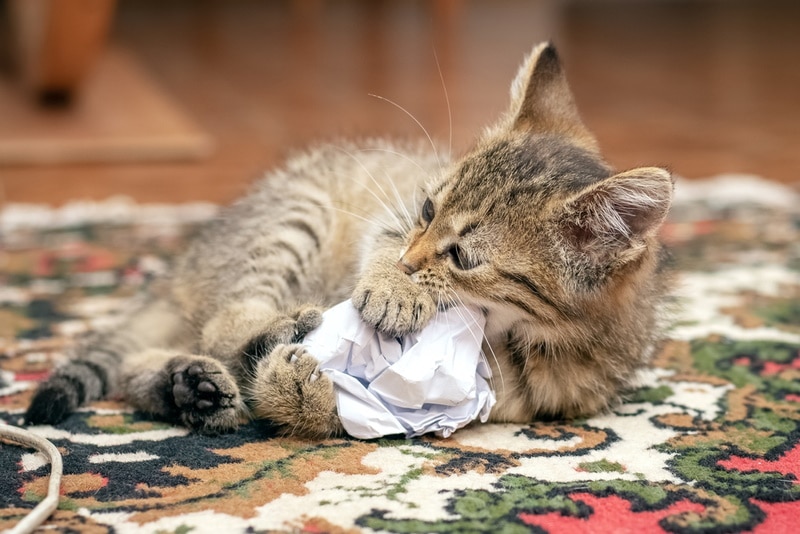
Your cat may vomit all or part of the paper. However, underwear has the potential to become entangled in the gastrointestinal tract, causing a blockage. This is a serious condition that requires immediate veterinary treatment. Possible initial signs of gastrointestinal obstruction include vomiting, diarrhea, loss of appetite, and lethargy. The abdomen may become painful and/or swollen. If you notice these signs and you suspect that your cat may have eaten something inedible, see the nearest veterinarian immediately. Contact your veterinarian if you notice your cat eating a lot of paper and other inappropriate items, or if your cat shows any signs of illness. It is important to rule out a medical or nutritional cause for pica before attempting to correct the behavior. How to Stop Your Cat from Eating Paper The best way to prevent your cat from eating paper is to keep it out of reach. Put books and magazines on shelves or in drawers. Store important documents in drawers or plastic folders (unless your cat also eats plastic). If your cat tends to eat a lot of cardboard, avoid leaving the box outside. Take time to play and bond with your cat. Keep cat toys and scratchers around your home to keep your cat busy. Consider adding vertical space to your home, such as a cat rack on the wall.
Training can help you divert your cat from eating paper. Some cats are stubborn and opinionated, but many actually respond well to clicker training, especially when food is the motivation. Try teaching your cat movements with specific cue words, then use the clickers to reinforce the desired behavior. Once you’ve clicker-trained your cat, use the pre-trained cue words to shift your cat’s attention from the paper to you. Say cue words when your cat is trying to eat something she shouldn’t. If your cat complies, click and reward.



